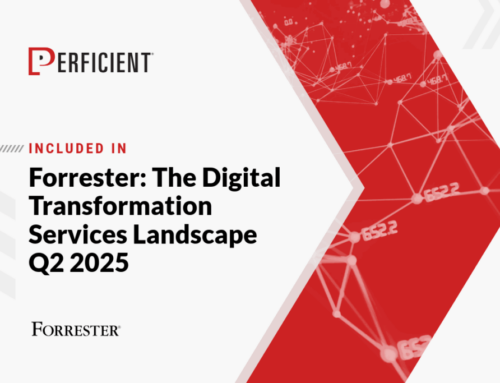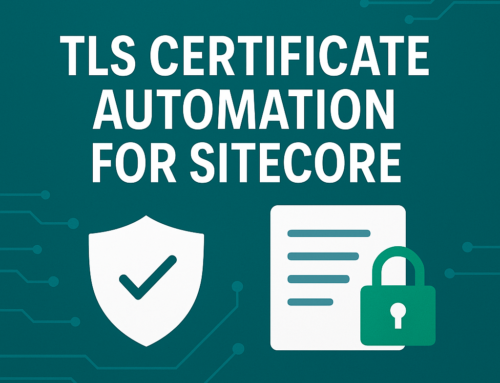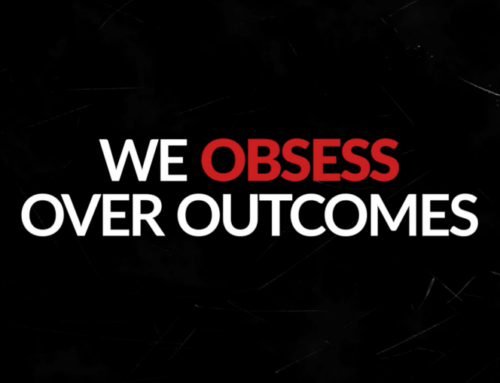I spent much of this week writing our Digital First Industry Position for the Automotive industry. As someone who has been online since the early days of the Internet, sometimes it amazes me that in 2022, we are still talking about Digital First.
I had the privilege of creating the first online ads on washingtonpost.com, where we were so proud of what was called a thumbnail ad. We also created all sorts of innovations in advertising, most of which are still used today. The other things we created were the first advertising network, which, for us, was remnant advertising, where we were having trouble selling out below the fold. So, a remnant strategy was instantly born and a great way of packaging the harder-to-sell inventory at a discount. The other thing we did was personalization. We gave consumers the ability to personalize the washingtonpost.com site based on their own preferences. These consumers were more loyal, viewed more pages, and were extremely committed to the brand. These are the same actions that are coveted and seen in personalization today.
I view Digital First as foundational in doing business and serving consumers today. It is a mobile world, and consumers are using their phones whenever they get a few minutes. In automotive, consumers are no longer visiting as many dealerships, but they are considering as many brands as ever. It is critical that automotive companies not only have an online presence but an online presence that is dialed in. Today’s consumers expect seamless, connected e-commerce experiences in their day-to-day lives and work. Personalized product recommendations, customer profiles, and more are all commonplace across the retail industry. As a result, customers now expect the same everywhere — whether buying a new shirt, automotive parts, or acquiring a new vehicle.
A lot of these experiences are online and in front of the consumer, although Digital First is way beyond what is in front of the consumer. While it is imperative that the consumer must have a consistent, personalized experience that facilitates transactions and makes it easier to do business with that OEM. Many of the world’s largest OEMs have been through significant growth and transformation journeys over the last couple of decades. Extensive expansion and change have left many OEMs with fragmented digital footprints that limit their ability to use data across their organization.
Outdated technology systems and complex legacy IT aren’t just slowing those businesses down — they’re actively preventing them from advancing their operations further and making the most of emerging opportunities. Ultimately, this is causing a bad consumer experience which is costing them business and hurting lifetime consumer value.
By modernizing their capabilities, organizations can bring all their fragmented data and systems together. This works to eliminate technology that is no longer needed, builds new capabilities to meet today’s needs, and breaks down information silos to unlock the value trapped in disparate data sources and unify the company and the consumer experience.
Digital first requires buy-in from the entire organization. An example of this is Tesla, with a system they call Warp. Warp is a combination of e-commerce and back-end management software and is completely customized to support Tesla’s approach to selling and servicing vehicles. The automaker uses its Warp-powered e-commerce website and its own showrooms, not dealerships, to sell vehicles. Warp fits with Tesla’s definition of itself as a software company and its vehicles as devices. They’re over the air strategy consists of regularly updating software in vehicles with new features and functionality. This allows the vehicle to be always up to date with the latest innovations and provides the vehicle manufacturer with a steady source of income through a subscription for the service.
We have come along way from those early days of washingtonpost.com when we were having debates and healthy discussions about whether there should be advertising online and, if there were, whether it should be in black and white. I am proud to say that those early discussions and even some of our early work on mobile were critically important in moving the industry forward. Those early days of mywashingtonpost.com seemed like a too-early personalization play, although the learnings of the deep loyalty and larger lifetime value of those consumers are still valid today. In fact, I would say the knowledge we learned about consumer behavior and loyalty was a great early example of where we are headed today with one-to-one personalization.
Ultimately, what drives digital first is not a boardroom, a senior executive meeting, or an OEM but the consumer. The number one thing that drives and sustains digital first is the consumer and their evolving preferences. They want a more robust online experience and one that is consistent throughout the shopping process, whether they are watching videos, engaging with online questions, or looking at a dealership’s inventory. It is 2022, and today the course of Digital First is table stakes in getting consumers exactly what they are looking for, and it must work.
OEMs are accelerating their rate of technology investment and strategically applying technology to enable business transformation. The consumer experience is critical and much more than just look and feel. It must be foundational technology that ties systems together and puts the consumer first and foremost. By doing so, these OEMs will broaden the gap between themselves and the digital laggards.
At Perficient, our team of experts is helping leading companies across the globe with their digital transformation toward digital first. We very much look at this as a holistic approach throughout the organization. Perficient shows digital change that drives real results globally.
Digital first has the power to connect the unconnected and drive consumers to expect the unexpected in all we do. Your business is built on the experiences you provide and the connections you foster. As the leading digital consultancy, we will help you move faster, engage smarter, and connect deeper with your consumers to grow your business.





Leave A Comment